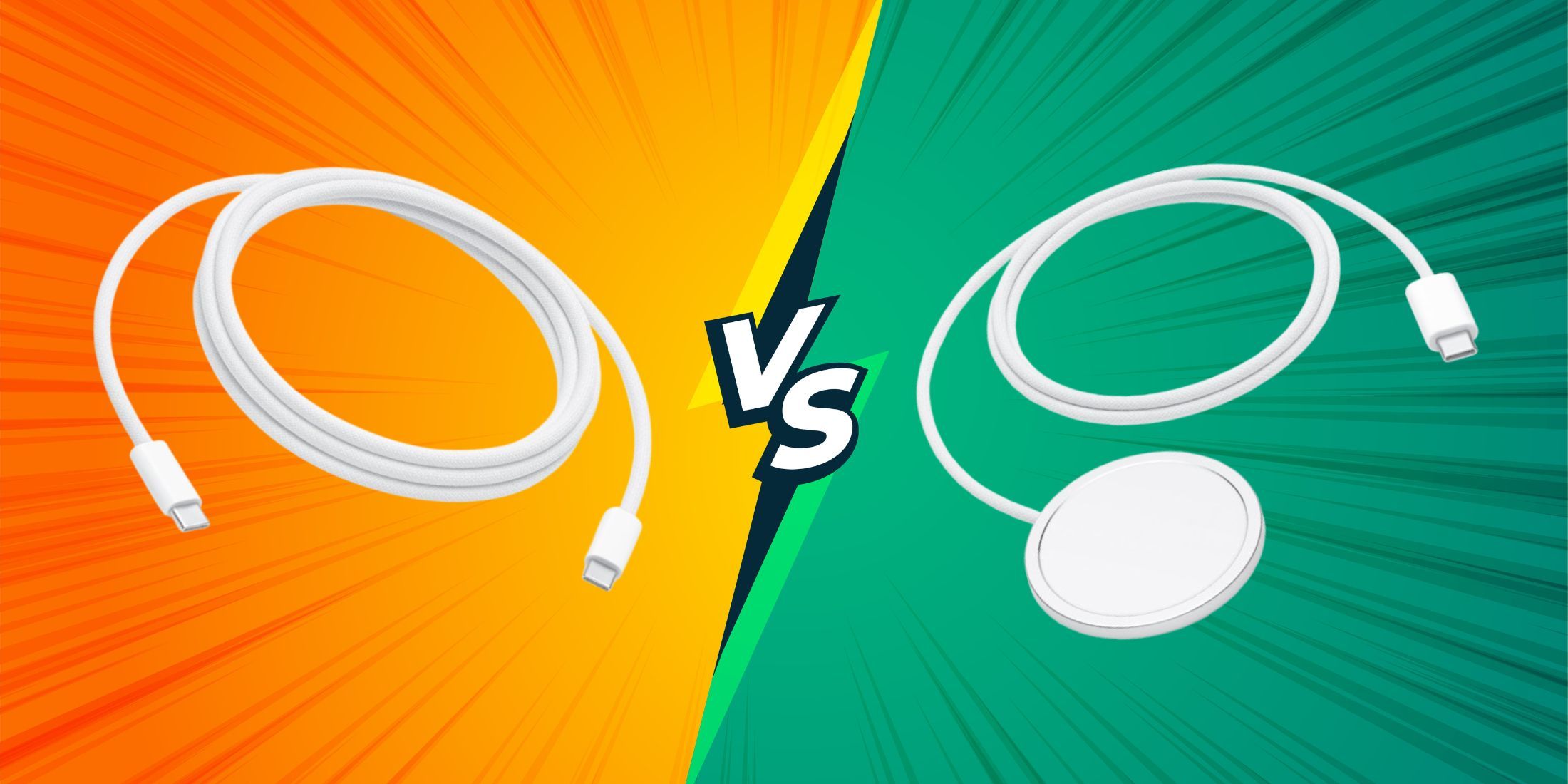
Reading this text would approximately equal the time it takes for a fast-wired charger to bring your phone from zero to seventy percent charged. On the other hand, a wireless charger may only get your device up to thirty percent during the same period. These differences in charging methods go beyond simply replenishing your battery; they influence factors like the lifespan of your device, energy consumption, and potentially the security of your data as well.
Two methods have their fair share of advocates, as well as detractors. However, if you’re committed to maximizing the potential of your device (and minimizing your electricity costs), it’s worth investigating further. Let’s explore both technologies and find the one that aligns more seamlessly with your lifestyle.
The Basics: How Each Technology Works
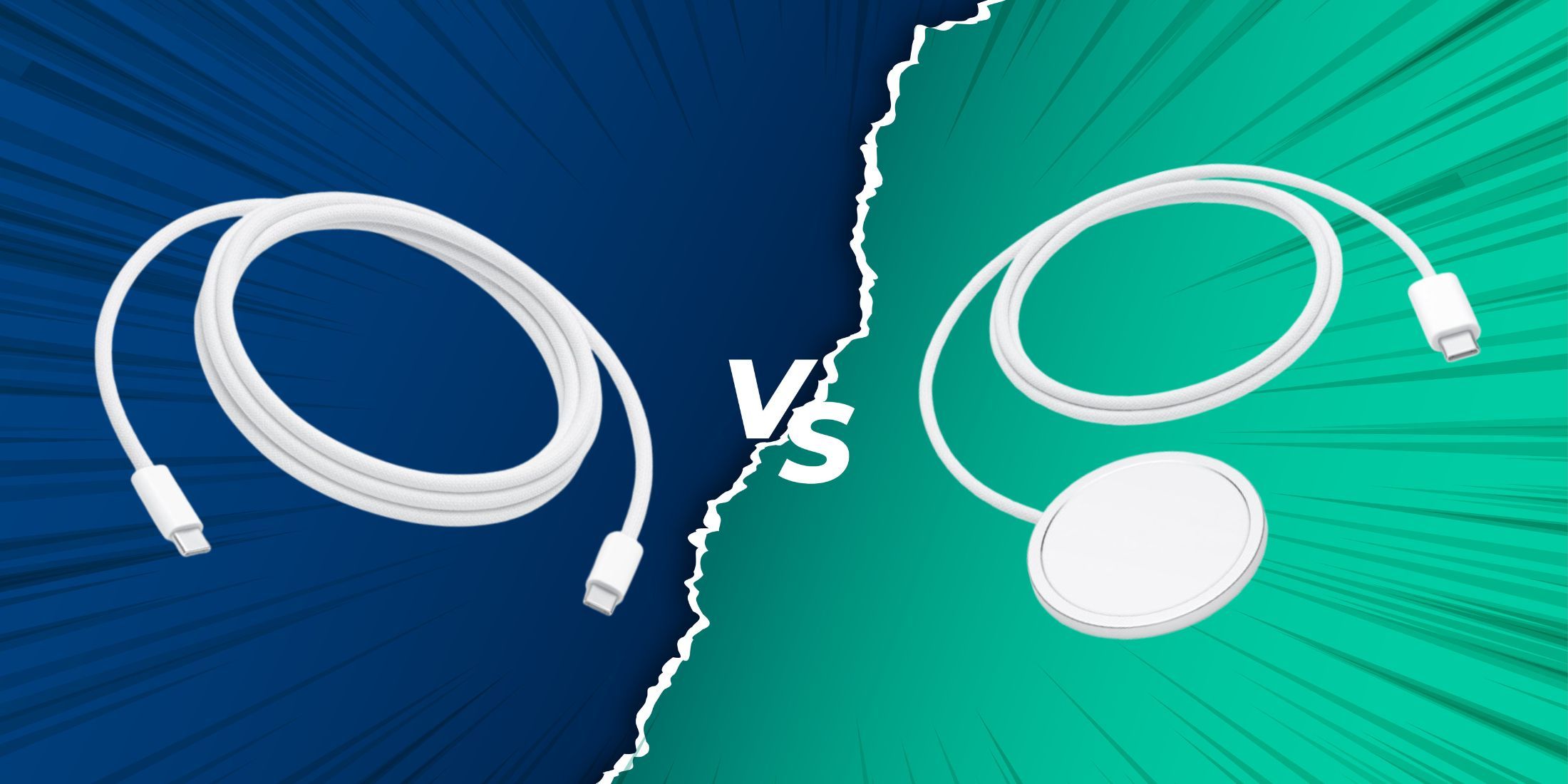
Wired Charging: The Tried And True Way
Charging through a wired connection is rather straightforward: electricity travels along a cable directly into your device’s battery. It’s just a matter of transferring electrons from one point to another, no magic or secrets involved. Nowadays, many phones utilize either USB-C, Lightning (for older models), or micro-USB less frequently. The speed at which your device charges is determined by several factors: the power of your charger, the charging technology that your phone and charger are compatible with (not all chargers are the same), and the quality of the cable you’re using.
The realm of wired charging has made significant strides from the days of the 5W chargers that seemed to take an eternity to charge devices. Today’s advanced fast-charging technologies such as USB Power Delivery, Qualcomm Quick Charge, and various branded solutions like SuperVOOC and Warp Charge have drastically reduced charging times.
Regarding charging, companies such as Xiaomi and Realme are truly pioneering the field, managing to achieve full charges in less than 10 minutes. Without a doubt, they stand out as leaders in this aspect.
Wireless Charging: The Contactless Contender
Many individuals might perceive wireless charging as a recent innovation, but in reality, it’s an old concept that Nikola Tesla was exploring even when many were still fascinated by indoor plumbing. The technology relies on electromagnetic induction, a principle where a charging pad produces a magnetic field and your device – equipped with its own coil – picks up this field, thus generating electricity without the need for any physical connection.
As a film enthusiast, I’ve noticed that most devices today support the Qi wireless charging standard, making it possible for my iPhone to juice up on a Samsung pad, and vice versa. In the often competitive and proprietary tech landscape, this cross-compatibility is a delightful exception, much like watching an unexpectedly captivating movie in the midst of a blockbuster season.
From an innovation standpoint, MagSafe can be seen as a clever enhancement to wireless charging, incorporating magnets to tackle the alignment issues commonly experienced with traditional wireless charging. Essentially, it offers the best aspects of both worlds – the convenience of wireless charging combined with the certainty and stability typically associated with wired connections.
Charging Speed Breakdown
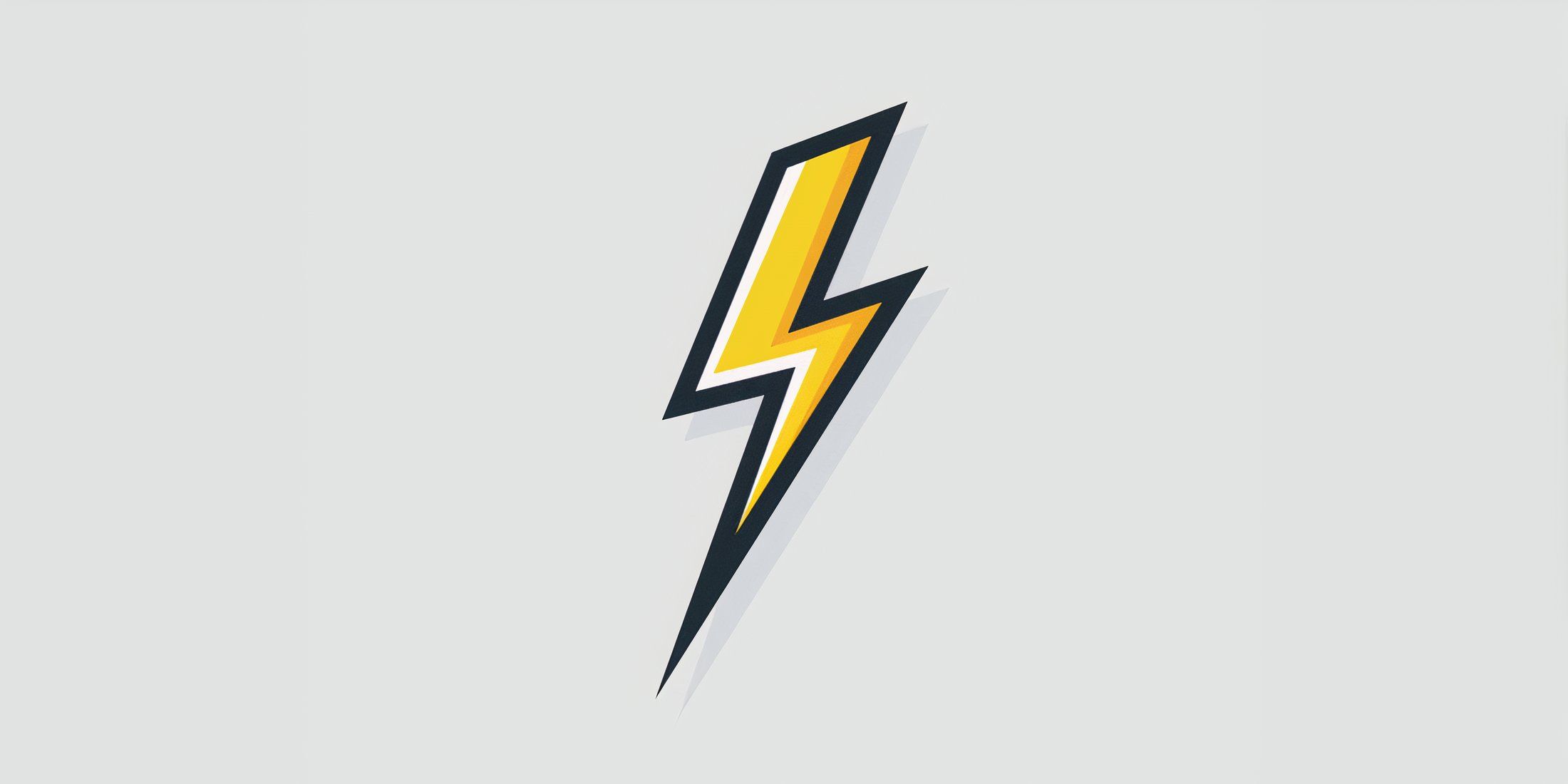
In terms of immediate charging power, wired connections outperform wireless solutions significantly, with a noticeable difference. This is because physics tends to be persistent in its rules. A standard USB-A to USB-C setup usually provides between 5 and 10 Watts of power, which, while sufficient to charge your phone eventually, might take some time this century. However, if we consider USB-C Power Delivery, we’re looking at 18 to 65 Watts for phones, and support for up to 240 Watts for laptops under the latest specifications.
As a movie buff, I can tell you that just like how different films have varying running times, so does the time it takes for phones to charge fully. It typically ranges from 30 to 90 minutes, but this can fluctuate based on factors such as battery size and the charging technology supported. Keep in mind that the speed at which your phone charges may not be consistent if you’re using a charger other than the original one provided by the manufacturer – it might be like watching an indie film versus a blockbuster, both good but with different paces!
Personally speaking, it’s quite evident that wireless charging is trudging along at a leisurely pace. Standard Qi usually offers a rather unimpressive power output of 5-15 watts, while premium options might stretch up to 15-50 watts (though Apple’s MagSafe for iPhones remains capped at 15 watts). Some brands boast about their proprietary wireless systems reaching 50-80 watts, but these are only compatible with their exclusive devices and chargers (it’s quite intriguing how that works out). In reality, wireless charging tends to take approximately 30-50% longer than traditional charging methods.
What accounts for this significant gap? Physics doesn’t hand out awards just for showing up; wireless energy transmission, by its very nature, tends to be inefficient. A significant portion of the transmitted power gets converted into heat rather than charge for batteries, leading to longer charging times and increased energy usage overall.
Longevity And Device Health
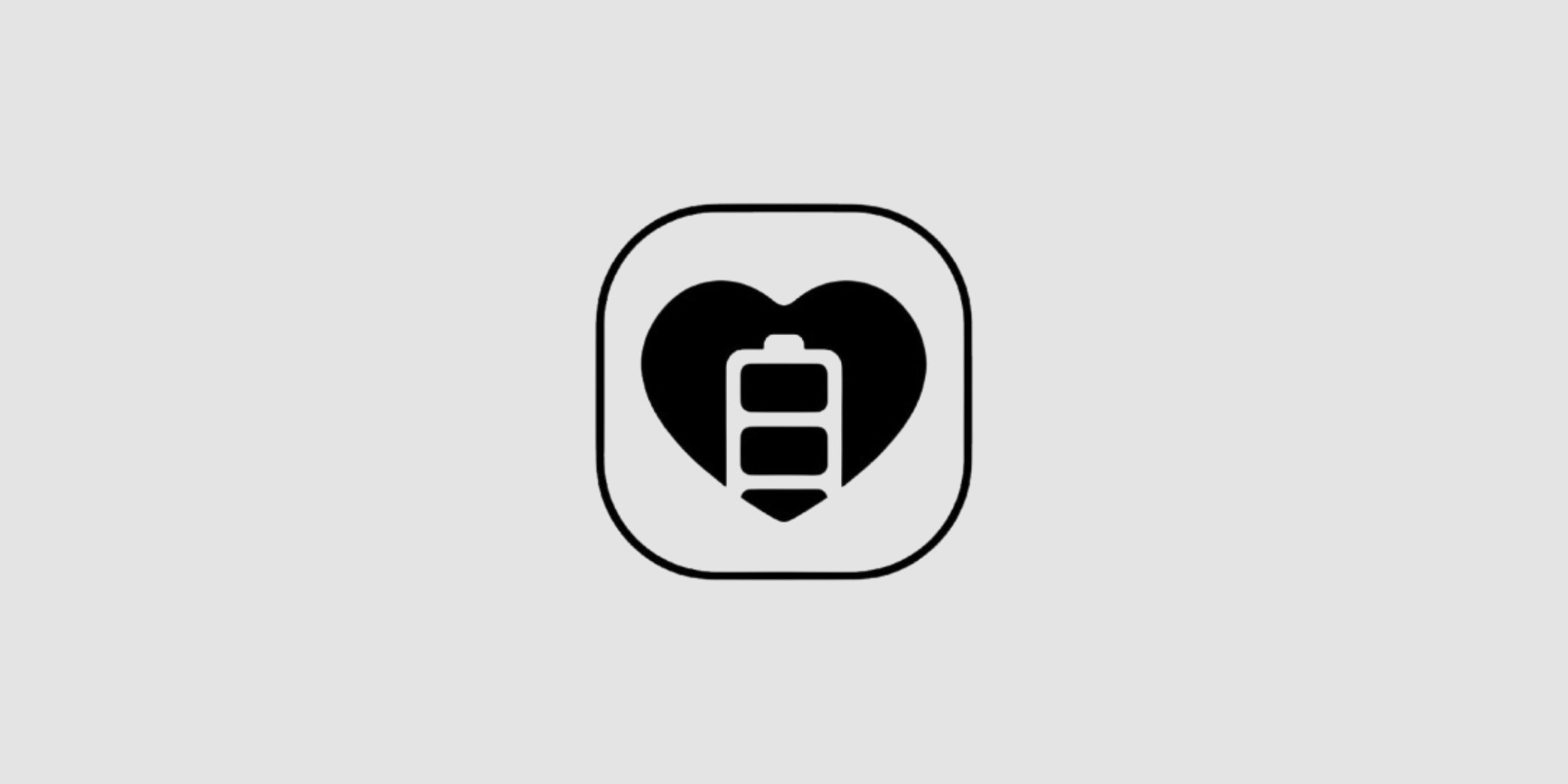
Two methods of charging batteries have an impact on their longevity, though the effects may not be immediately noticeable. Traditional wired charging, particularly the high-speed versions, tends to produce a significant amount of heat. It’s common knowledge that heat is detrimental to lithium-ion batteries, much like kryptonite weakens Superman. The quicker you push electrons into a battery, the more heat it generates. High-power chargers (65W and above) can cause your device to become uncomfortably warm during charging periods.
Charging methods influence battery life, but not always right away. Fast wired charging, especially super-fast versions, often produces a lot of heat. Heat is bad for lithium-ion batteries, just like kryptonite is to Superman. The faster you charge, the hotter it gets. High power chargers can make your device feel warm during charging sessions.
In wired charging, the durability of physical connectors is a factor that needs attention, though it’s less problematic now due to USB-C’s enhanced robustness compared to older micro-USB connectors which were prone to loosening after regular use, requiring specific cable positions for proper charging. Although USB-C has largely addressed this issue, ports can still accumulate debris and be susceptible to damage over time.
Conversely, wired connections offer advanced power management capabilities, enabling seamless communication between your charger and phone for optimal charging adjustments.
On a more casual note, in 2021, I made a change from using a wired charger to wireless charging for my iPhone 13 due to some complications with the port. However, this switch resulted in the phone overheating consistently and its battery life degrading significantly faster than before. The issue was severe enough that I needed to have it replaced. While I don’t want to generalize, it’s always wise to exercise caution.
On the positive side, wireless charging eliminates concerns related to wear and tear on ports, which is crucial for long-term device durability. Many individuals I interact with attribute their phone’s early demise more to the charging port than the battery. However, it’s important to note a minor inconvenience associated with most wireless charging systems: they tend to provide a constant “drip charge” when a device is fully charged, keeping the battery at its peak but also maintaining high-stress voltage levels that may not be beneficial for the longevity of the battery.
Advanced devices now feature more complex battery handling to tackle these problems. Companies like Apple, Samsung, and others have rolled out capabilities that learn your charging patterns and adapt accordingly. For instance, they might deliberately stop charging at 80% if they predict you won’t use the phone until your usual morning alarm. These systems are compatible with all charging methods but can’t entirely circumvent the fundamental constraints of battery chemistry and heat sensitivity.
Efficiency And Environmental Impact

As a film enthusiast, I’ve come across some intriguing findings about wireless charging. Research indicates that it consumes roughly 39-80% more power than traditional wired charging for an equivalent battery capacity. This extra energy consumption stems from several factors: heat loss during the transmission process, misalignment problems between the coils, and the fact that many wireless chargers continue to draw power even when they’re not actively charging a device.
For a single individual using their phone charger, the additional cost on your electricity bill is minimal, perhaps only a few dollars annually, not something to keep you awake at night. However, when you multiply that by the billions of smartphones globally, it amounts to a significant amount of unnecessary energy usage. The environmental impact becomes even more complex when considering the total lifecycle effect. Not only does it consume more electricity, but it also generates more electronic waste, such as charging pads made of circuit boards, coils, and plastics that ultimately end up in landfills.
Instead of wired charging, opting for wireless charging eliminates cable waste due to continuous usage and wear and tear. On the bright side, the widespread adoption of USB-C as a standard (even you, Apple, it’s great to see you on board) should ensure compatibility across devices. However, while wireless charging cables are typically made of non-biodegradable materials like plastic and copper, wired charging consumes less energy, which is one of its key advantages.
Convenience Factor
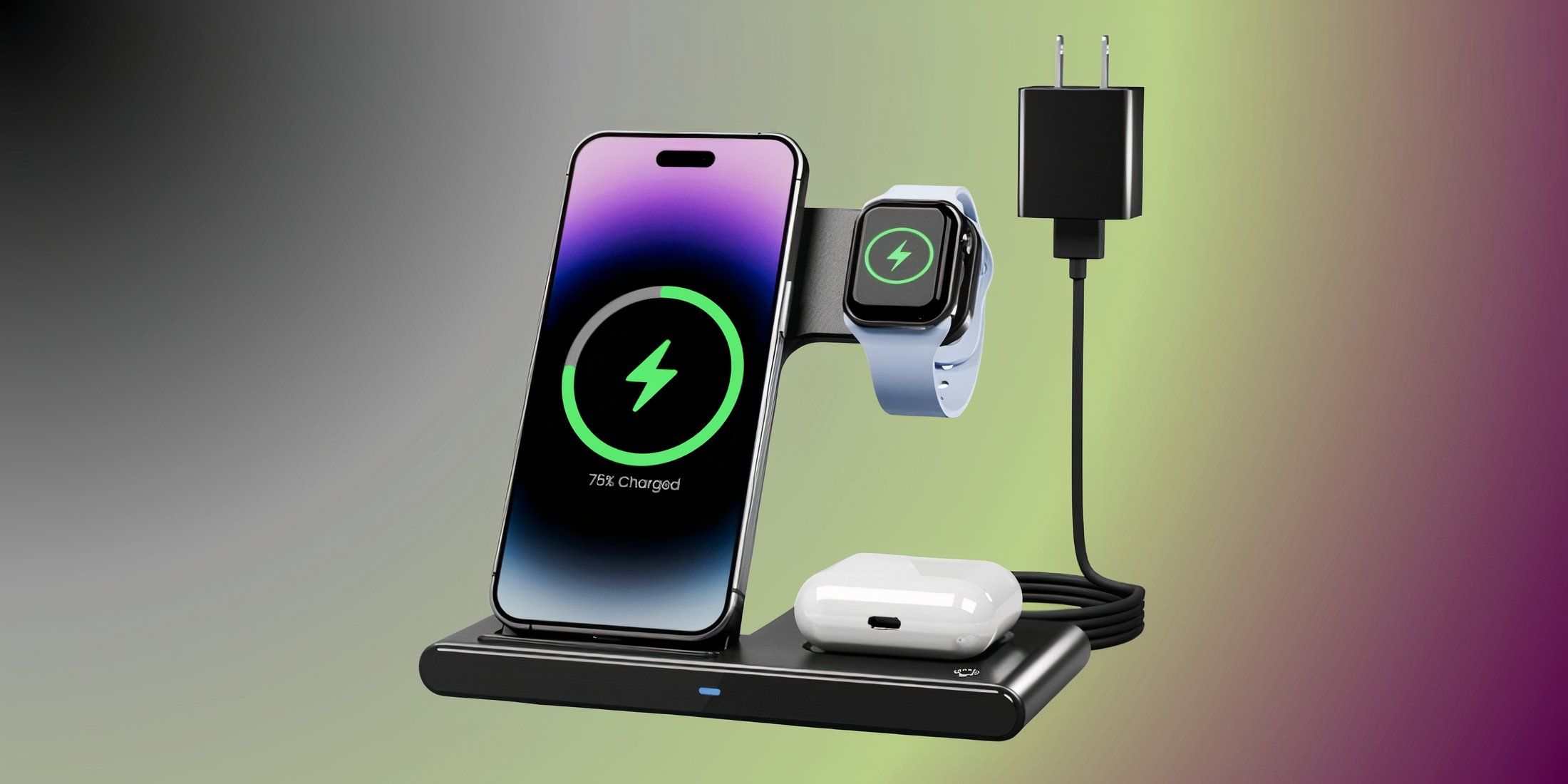
At last, wireless charging has its opportunity to excel! The convenience of going wireless becomes apparent from the very first use. Simply place your phone on the charging pad and carry on with your tasks. Establishing “charging spots” across your home or workplace offers additional benefits. Having pads at your desk, nightstand, and perhaps even the kitchen counter ensures your phone receives constant, small charges throughout the day without requiring any conscious effort from you. As a result, your phone rarely runs out of power due to the consistent mini-charges it receives as you move around. Many users also value the sleeker appearance that comes with fewer visible wires. For devices becoming more resistant to water, wireless charging is a logical choice.
Indeed, wired charging maintains several practical benefits that should not be overlooked. For instance, you have the freedom to place your phone in any orientation or location while it charges, as opposed to wireless charging where exact positioning can sometimes be tricky. Moreover, cables are much more portable; they’re small enough to carry around effortlessly compared to the added bulk and steps involved with carrying a wireless charger and its cable.
In terms of dependability, cables tend to function effectively in a variety of scenarios – be it in vehicles, outdoor environments, while traveling, or when absolute assurance is required for device charging. The convenience of wired connectivity has been significantly enhanced by the innovation of magnetically attaching cables, and praiseworthy is the standardization around USB-C. At last, I can utilize a single cable to charge my phone, headphones, and tablet, a solution the tech industry took approximately 20 years to develop.
Cost Considerations
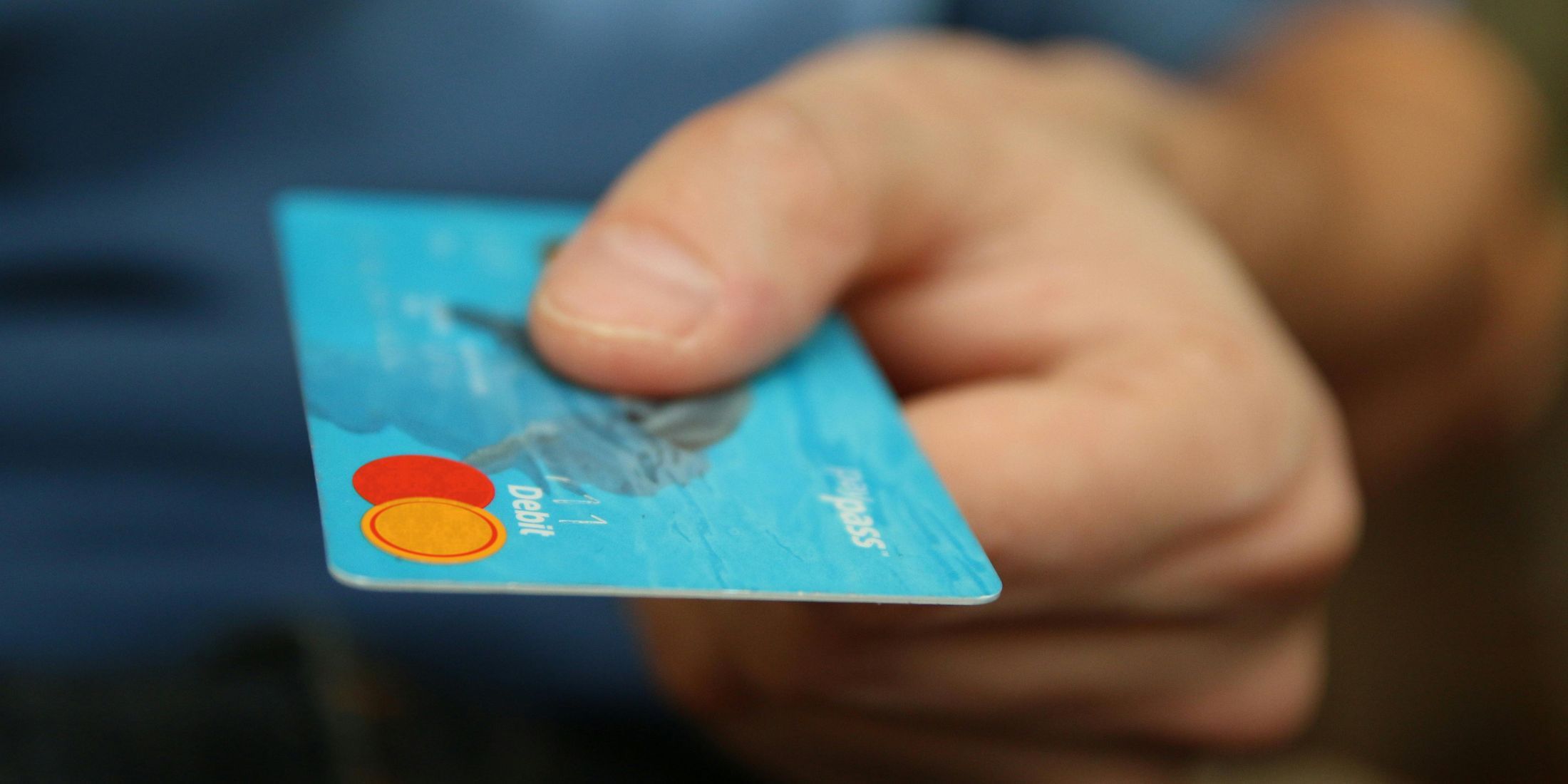
As a movie buff, I’d say it’s clear that the decision between these two ecosystems might boil down to your wallet’s preferences. The wired charging ecosystem provides options across various price ranges. You can find basic chargers from trusted brands for around $10-$20, offering standard speeds perfect for overnight use. If you want faster charging speeds (like 20W or more), you’ll be looking at a price range of $20-$50, depending on the brand and additional features.
Additionally, we should also consider the type of cables involved. While standard cables may only cost between $5 and $10, high-end options with features like reinforced connectors, fabric covering, or extreme durability can range from $15 to $25 each. Although these prices might seem steep, a wired ecosystem generally proves to be more budget-friendly. It’s worth noting that most smartphones continue to include at least a basic charging cable in the package, despite wall adapters often becoming separate purchases nowadays.
In simpler terms, the world of wireless charging tends to carry a relatively higher initial cost compared to traditional cables. A basic Qi charging pad usually ranges between $15 and $30, which is more than twice the price of a standard cable. Chargers that keep your phone at a convenient viewing angle typically cost between $25 and $50. If you’re aiming for faster wireless charging speeds (15W or above), expect to pay anywhere from $30 to $70, depending on the specific brand and features involved.
High-end charging accessories, such as Apple’s MagSafe charger, Belkin’s multi-device charging stations, and designer options made with premium materials, typically cost between $70 and $150. Keep in mind that these premium choices often necessitate a separate wall adapter, which can add an additional $20 or more to the overall expense.
Security And Data Transfer
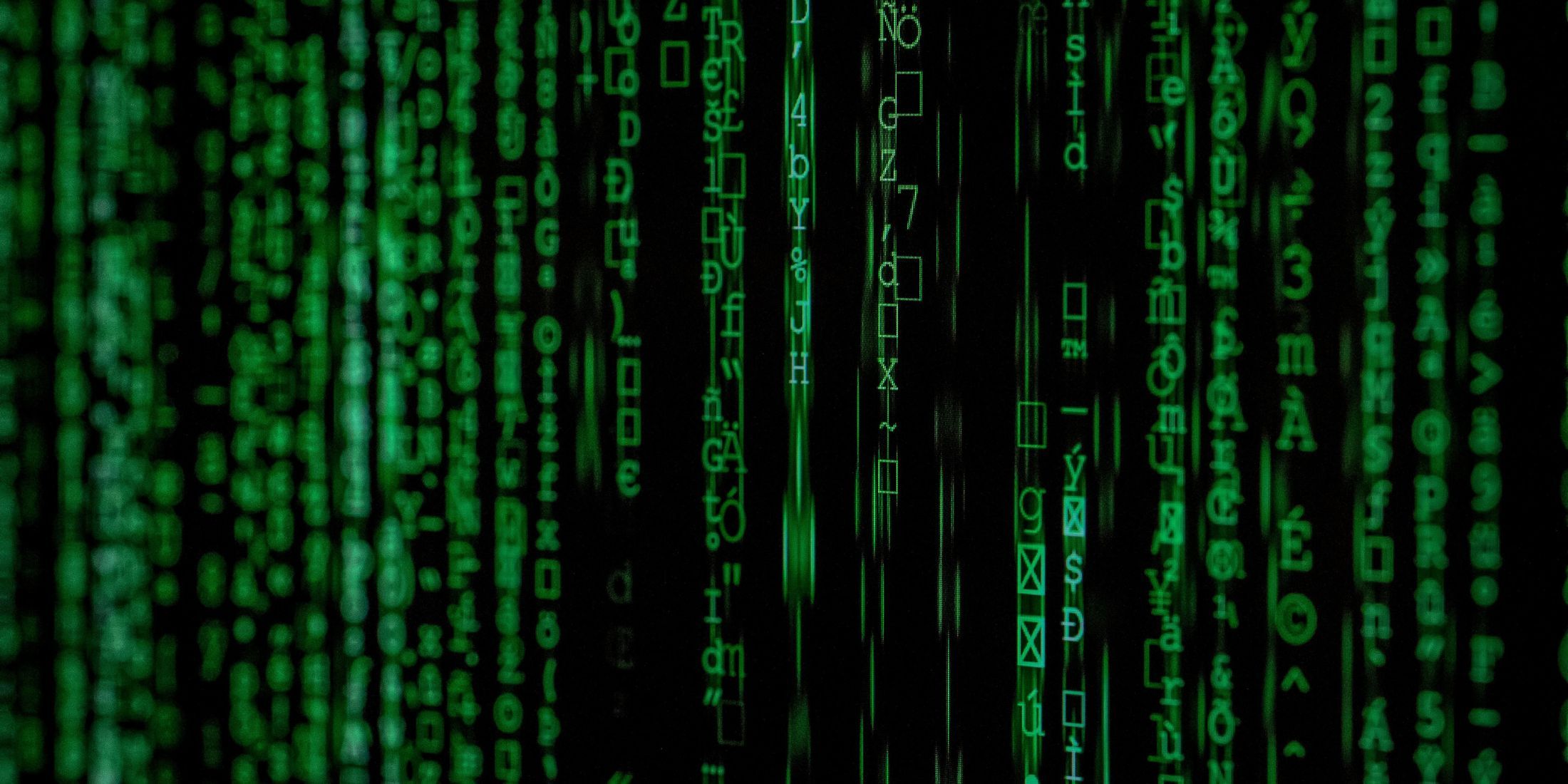
As a movie buff immersed in today’s tech-driven world, I can’t help but notice the double-edged sword that every data connection represents. On one hand, it offers endless opportunities for information exchange; on the other, it could potentially expose us to unforeseen security threats. Even something as simple as charging my devices might be making decisions about my data that I haven’t even considered. Wired connections, you see, don’t just supply power; they also establish a possible data channel. This twofold function brings both benefits and challenges that are definitely worth delving into.
On the upside, these physical connections facilitate easy file transfers, system backups, and essential software updates without needing Wi-Fi. They are capable of supporting advanced features such as Android Auto or Apple CarPlay, which enhance your car’s infotainment system using your phone’s abilities. The very same cable used for charging your phone can also connect it to a computer for programming tasks, picture transfers, or system restoration.
Nevertheless, this data function brings about potential risks, particularly at publicly accessible charging stations. Incidents of “juice jacking” – where malicious charging stations steal your data or install malware – have evolved from theoretical concerns to real-life occurrences. These attacks leverage the trust users place in seemingly harmless charging stations found at airports, hotels, and other public areas. Although modern phones usually ask for permission before granting data access, zero-day exploits and user mistakes (like automatically agreeing to “trust this device”) continue to pose ongoing risks.
Instead of wired connection, wireless charging works on a unique principle that offers increased security in certain situations. Unlike traditional methods, it transmits only power and not data. This separation results in an uncrossable physical barrier, making it impossible for hackers to breach the system via the charging process itself. Consequently, it eradicates any potential risks of malicious data links while charging in public areas like parks, hotels, or unknown businesses, offering additional security when recharging in untrusted environments.
For travelers who prioritize security, the assurance that their data won’t be secretly accessed may prove more valuable than a slightly slower charging speed.
The Bottom Line
In essence, wireless charging provides a level of convenience, but it often falls short when compared to wired charging across various aspects such as speed, efficiency, and cost. However, advancements in technology are enhancing the performance of wireless charging, making it faster and more efficient with each new generation. On the other hand, wired charging is setting new speed records while becoming more standardized around USB-C. Thus, we can anticipate a reevaluation of this topic in about five years.
A charging method that blends effortlessly with your daily activities is the ideal one. This could mean adopting the ease of wireless charging, maintaining traditional wired options, or finding a balance between the two, all based on your personal lifestyle. If you’re still uncertain, consider investing in an affordable wireless charger for your nightstand to test it out. If it doesn’t make a difference, you can always gift it during Christmas season without much loss.
Frequently Asked Questions
Do wireless chargers work for all phones?
As a movie buff always seeking the latest gadgets to enhance my viewing experience on-the-go, I’ve learned the hard way that not all budget smartphones come equipped with wireless charging capabilities. It’s essential to verify whether your phone supports it before investing in a wireless charger. Top-tier brands like Apple, Samsung, and Google have been offering this feature since the iPhone 8 (2017), Galaxy S6 (2015), and Pixel 3 respectively; however, some budget brands may omit this feature to keep costs low. Be sure to double-check before you buy!
Do wireless chargers interfere with other wireless devices?
Typically, wireless chargers are designed to minimize interference with other electronics by being shielded. However, it’s generally not recommended to place your wireless charger directly on top of items like credit cards, hotel key cards, or medical devices sensitive to magnetic fields for safety reasons. While there is no solid proof that wireless chargers can interfere with pacemakers, an urban myth persists about this possibility. If you have a pacemaker or any other implanted medical device, it’s wise to consult your doctor before sleeping with a wireless charger nearby as a precautionary measure.
Is it worth upgrading my older wireless charger to a newer model?
If your existing wireless charger continues to function and charge your device effectively, it might not be necessary for an upgrade, as enhancements in newer models are generally incremental rather than groundbreaking. However, if you’re still using an outdated 5W Qi charger from 2016 that takes six hours or more to fully charge your phone, then upgrading to a modern charger with a power output of 15W or higher could indeed bring about a noticeable improvement.
An exception to this rule applies if you’ve switched to a smartphone featuring magnetic charging technology such as MagSafe. In that case, purchasing a corresponding magnetic charger is recommended for the seamless alignment and efficient charging experience it offers.
Read More
- MHA’s Back: Horikoshi Drops New Chapter in ‘Ultra Age’ Fanbook – See What’s Inside!
- Invincible’s Strongest Female Characters
- Nine Sols: 6 Best Jin Farming Methods
- Top 8 Weapon Enchantments in Oblivion Remastered, Ranked
- Top 8 UFC 5 Perks Every Fighter Should Use
- Fix Oblivion Remastered Crashing & GPU Fatal Errors with These Simple Tricks!
- How to Reach 80,000M in Dead Rails
- USD ILS PREDICTION
- Marvel Exec Teases Daredevil: Born Again Opening The Door For Daredevil’s Netflix-Era Allies
- Silver Rate Forecast
2025-04-28 01:06